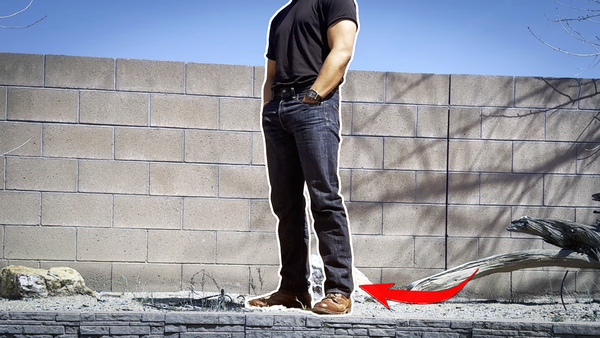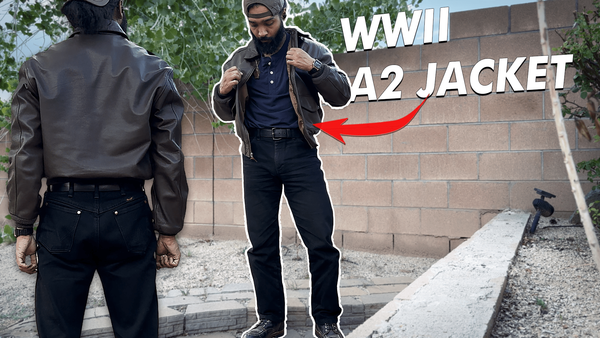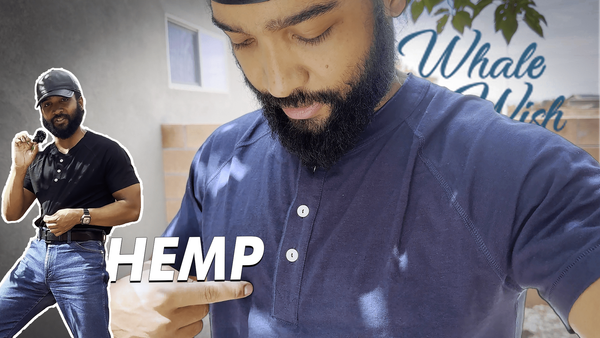The peacoat EVERY brand tries to copy: the 1940s WWII peacoat from the U.S. Navy
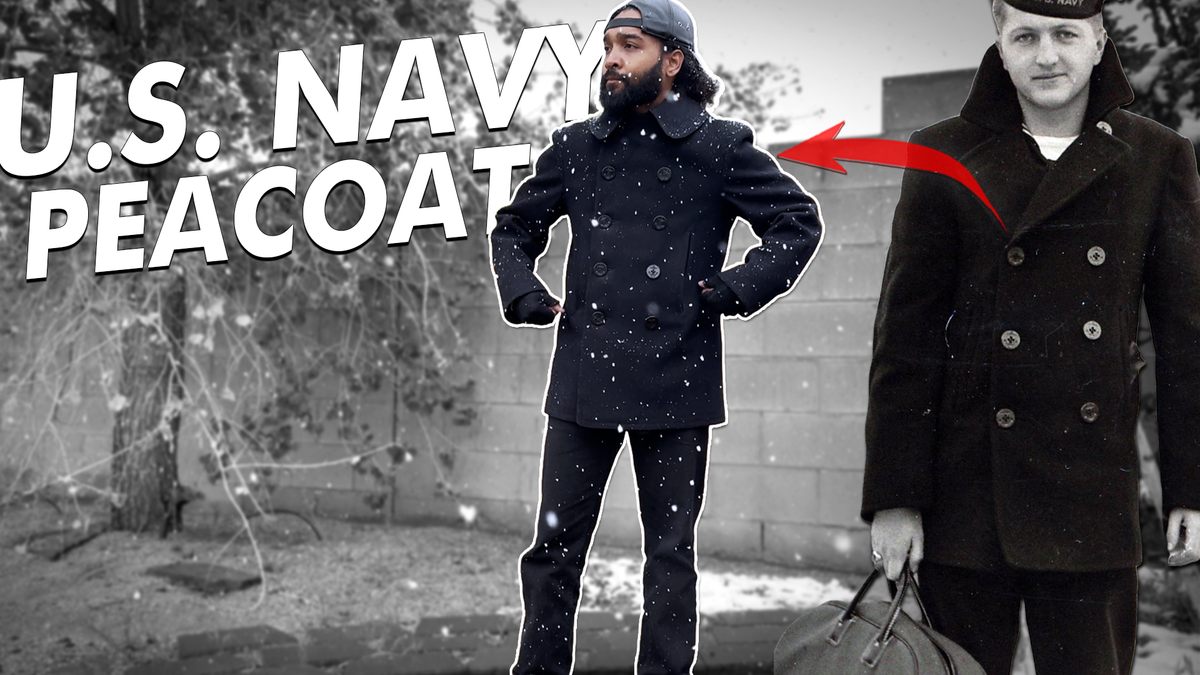
Military dress is one of the most prominent places to look to when it comes to style and fashion — particularly the WWII era, which I believe was a turning point not only in technological progress, but also with the clothing we wear.
Hiring contractors to design and make war garments to military specification, U.S. soldiers needed to not only look the part, but also needed the ability to function in what they were wearing.
Watch my video on the WWII-version of the Navy peacoat
Utilizing a combination of smart patterning based on the need for timeliness and massive quantity, military gear was typically simple yet effective.
The simplicity of design, whether the intention was to look good or not, certainly helped production run more smoothly; particularly over the course of warring years, where garments needed to be made quicker via large quotas contracted out to several companies.
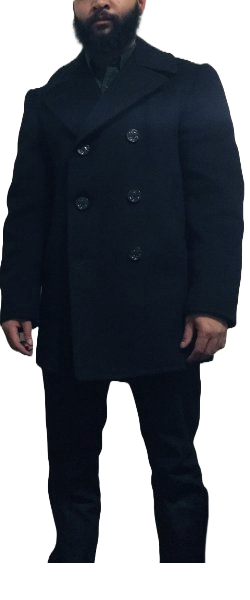

A 1960s U.S. Navy peacoat (not the WWII patterning, but close)
While not quite the same as the peacoats made for the war, the patterning was similar for the newer post-war contracts. A little roomier in the body and with lapels added — unlike my 40s peacoat, where I steam-pressed lapels into it.
The wool between the two sets of years, however, is the same Kersey wool that everybody loves: tightly weaved, highly water resistant, and less "fluffy" than current-day Melton wools.
Everything you need to know about vintage U.S. Navy peacoats:
You can learn everything you need to know about the WWII and 1960s peacoat versions (and more, like the 80s melton wool version) on The Fedora Lounge:
I don't believe you'll find a better resource and discussion than that about vintage US Navy peacoats.
Where to buy a U.S. Navy peacoat, and for how much:
I bought both of my 40's and 60's Kersey-wool peacoats off eBay, but be sure to check out other marketplaces like Depop, Mercari, Grailed, Poshmark and more.
Depending on the condition and whether there are original tags left on the inside, you'll likely be able to pick up an authentic peacoat for around $100-$300, whether it's one from the 1940 or 1960s, typically.
Taking your time looking around on sites like eBay, too, because not everybody knows what they have — and some sellers really just want to sell what they have, so they do little research. This can be both good or bad depending on how much knowledge you have about buying vintage clothing online.
Remember to be discerning about anything you buy, and try not to be impulsive unless you know you can be. Feel free to leave comments down below if you have questions or just like to talk about stuff like this; I know I certainly do.

